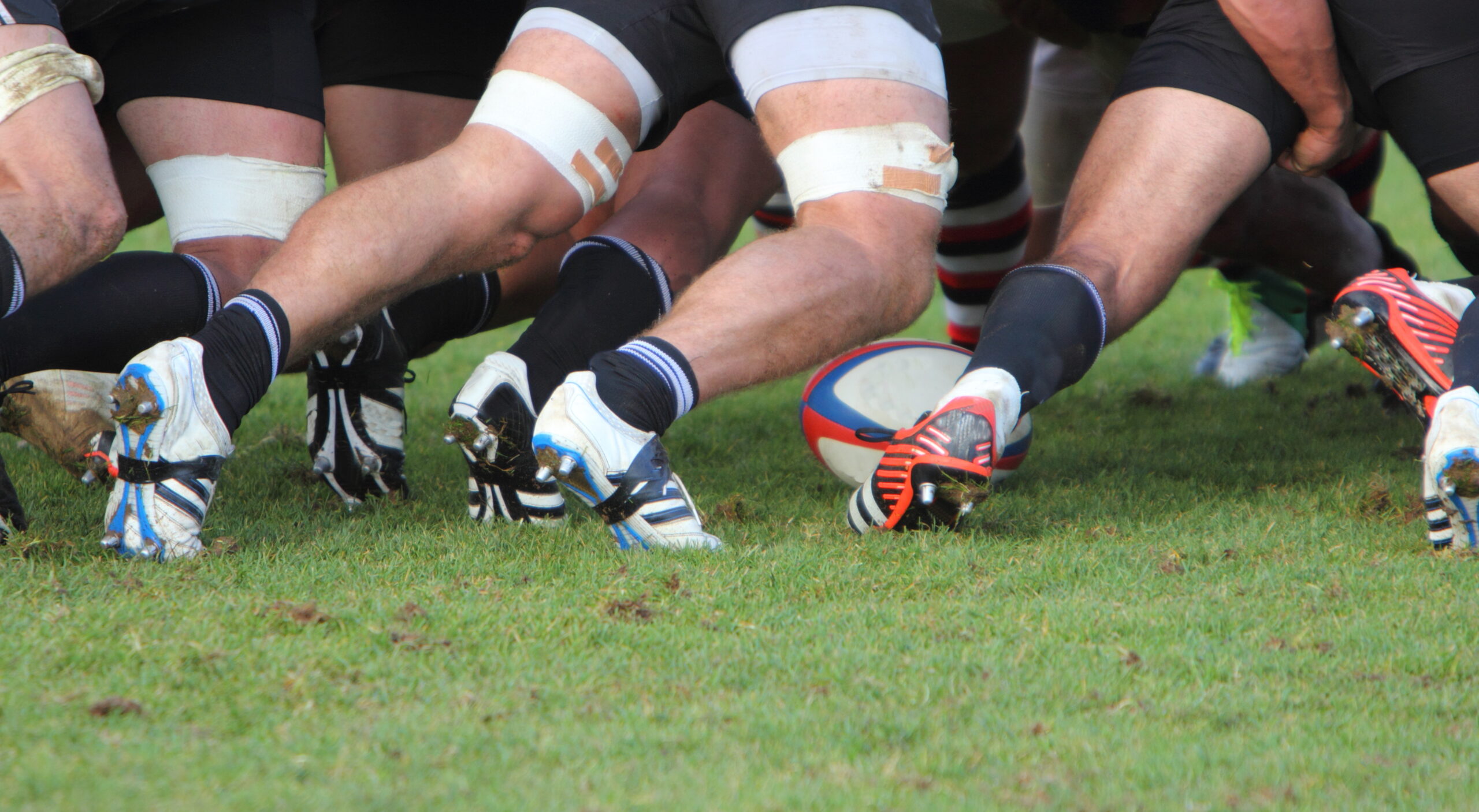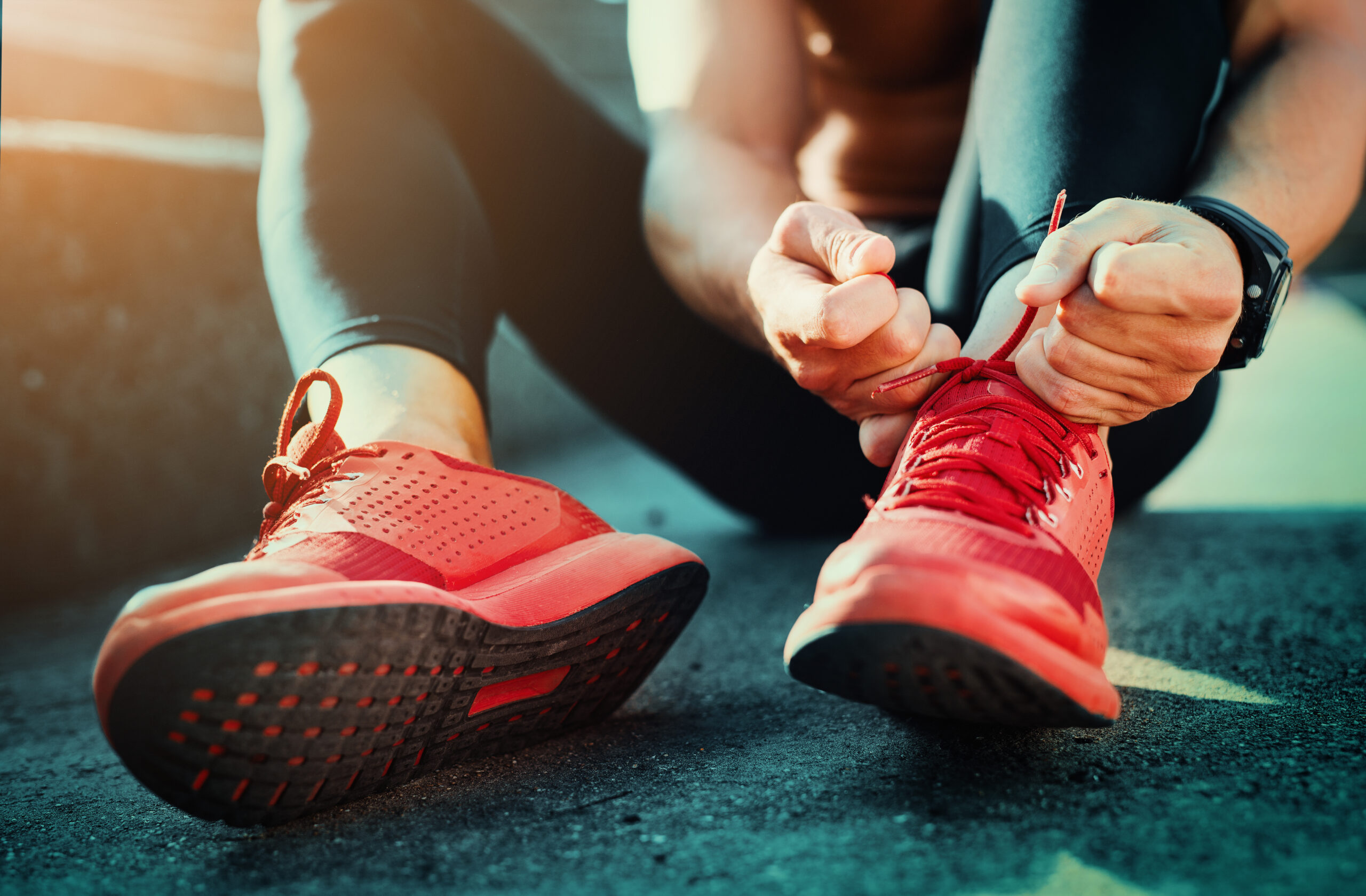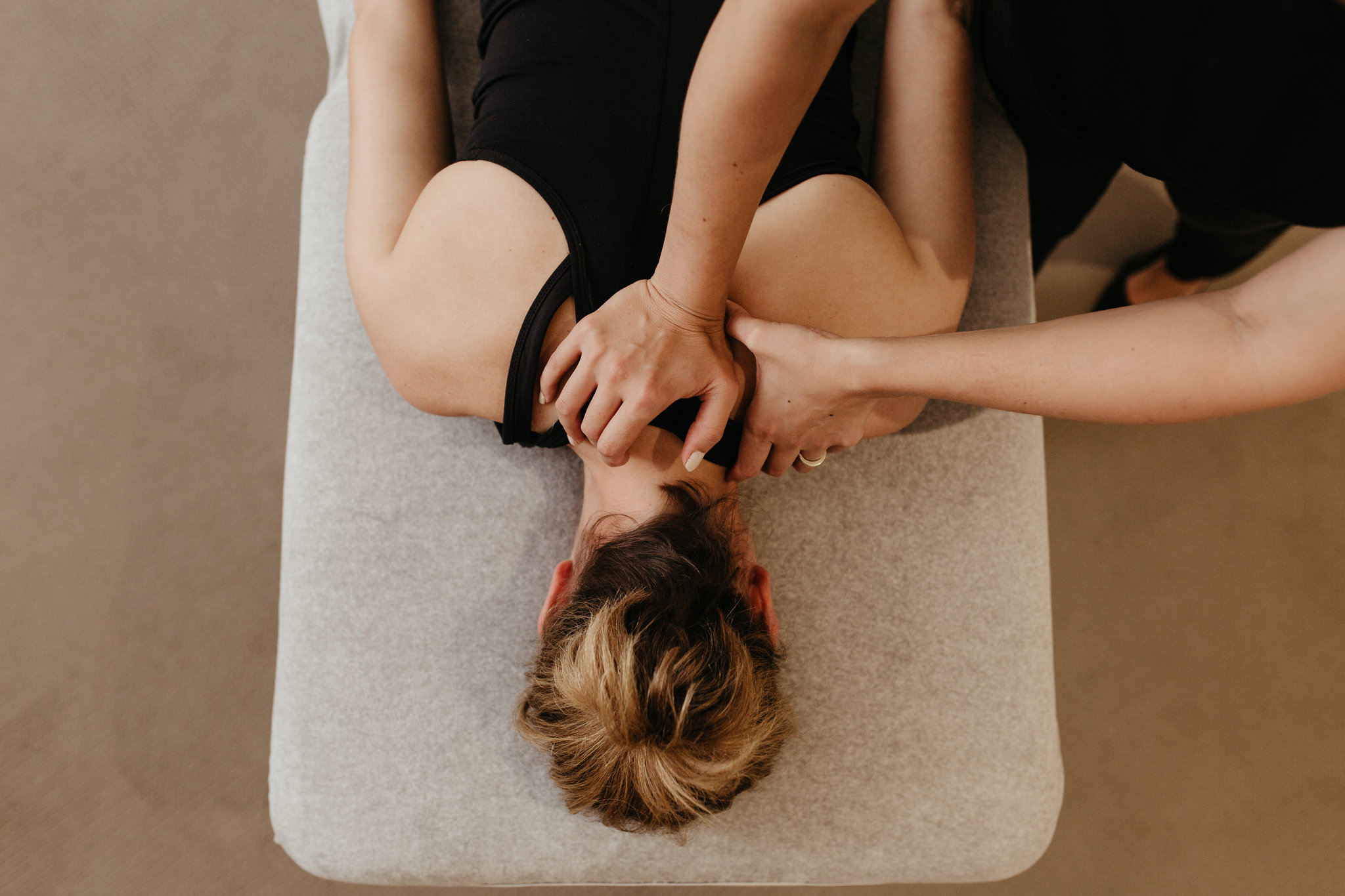Injuries are an unfortunate part of athletic life, whether you’re a professional athlete or someone who enjoys recreational exercise. After the pain and frustration of being sidelined, it’s tempting to rush back to your sport as quickly as possible. However, one of the most important phases of injury recovery is often overlooked: return to sport rehabilitation (RTS).
At our physiotherapy clinic, we understand how eager you are to get back to doing what you love. But, ensuring a safe and effective return to sport is essential not just for your recovery, but for long-term health and performance. Here’s why return to sport rehab is so crucial.
1. Preventing Re-Injury with Return to Sport Rehab
One of the biggest risks after an injury is returning to your sport too soon. Many athletes feel that once the pain subsides and they can move without discomfort, they’re ready to jump back into their routine. However, the body may not have fully healed, and a premature return can lead to re-injury—sometimes even more severe than the first injury.
A structured return-to-sport rehab program helps to ensure that all aspects of recovery, from mobility to strength, endurance, and proprioception (body awareness), are fully restored. By gradually reintroducing sport-specific movements, we help reduce the risk of setbacks, keeping you safer and more resilient for the future.
2. Restoring Strength and Function
During an injury, muscles, tendons, and ligaments often become weaker or less flexible. While rest and early-stage rehab can help in the initial healing process, it’s essential to rebuild strength and function in the affected area to handle the demands of your sport. Return-to-sport rehab focuses on this crucial step—targeting both the injured site and the surrounding muscles that support it.
Your physiotherapist will work with you to design a personalised program that includes:
- Strengthening exercises to rebuild muscle balance and joint stability
- Flexibility and mobility drills to improve range of motion
- Sport-specific drills to simulate real game scenarios and movements
The goal is to restore function and ensure that your body can handle the physical stresses of your sport without risking another injury.
3. Addressing Psychological Barriers
Injury recovery isn’t just a physical journey; it’s also a mental one. After an injury, athletes often deal with fear, anxiety, or a lack of confidence when it comes to returning to sport. You may worry about re-injury, or feel hesitant about performing certain movements.
Return-to-sport rehab helps you address these psychological barriers through a gradual, step-by-step process. As you gain confidence in your movements and abilities, your mental readiness will increase. This ensures that when you do return to play, you’re not only physically prepared, but mentally ready as well.
4. Improving Performance Post-Injury
A successful return to sport isn’t just about getting back to baseline—it’s also about improving your performance after an injury. Often, injuries can highlight weaknesses or imbalances that you were unaware of, providing an opportunity for growth. RTS rehab offers the perfect chance to address these issues and come back stronger.
Your physiotherapist will evaluate your biomechanics, identify areas of weakness or tightness, and help you build a program that improves your overall performance. Whether it’s enhancing your strength, agility, or flexibility, return-to-sport rehab ensures that you’re not just recovering, but advancing.
5. Individualised Approach for Optimal Results
Every athlete is different, and every injury is unique. That’s why an individualised approach to return-to-sport rehab is crucial. At our clinic, we take the time to assess your injury thoroughly and tailor a rehab plan specific to your needs, goals, and sport. Whether you’re a runner, cyclist, swimmer, or team sport athlete, we ensure that the rehab program is designed to fit your sport-specific demands.
This personalised approach not only makes recovery more efficient but also ensures that your rehabilitation is effective and sustainable in the long term.
6. A Structured Plan for Success
Returning to sport after an injury isn’t something that should happen overnight. It’s a process that requires careful planning, patience, and consistent effort. At our clinic, we follow a progressive, evidence-based approach that takes you through a series of stages to ensure your safe return. The general phases include:
- Phase 1: Initial Rehabilitation & Pain Management — Focus on reducing pain and inflammation, restoring basic movement, and starting light strengthening exercises.
- Phase 2: Strengthening & Mobility — Building muscle strength, improving flexibility, and increasing the functional capacity of the injured area.
- Phase 3: Sport-Specific Conditioning — Gradually reintroducing sport-specific movements, exercises, and drills to prepare your body for game-like scenarios.
- Phase 4: Return to Sport — A supervised return to practice, with a focus on performance and ongoing injury prevention.
Each phase is designed to progressively challenge your body in a safe and controlled way, while ensuring that all aspects of healing are addressed.
While it’s understandable to want to return to your sport as quickly as possible, rushing the process can result in setbacks. On the other hand, waiting too long before reintroducing physical activity can lead to stiffness, deconditioning, and further delays in recovery.
Return-to-sport rehab is a critical bridge between injury recovery and performance. By taking the time to properly rehab and gradually reintroduce sports-specific activities, you ensure a smoother transition, minimise the risk of re-injury, and ultimately come back stronger and more resilient.
If you’re recovering from an injury and wondering when you’ll be ready to return to your sport, it’s time to speak with one of our experienced physiotherapists. We’ll help you develop a personalised rehab plan that gets you back on track—safely, effectively, and confidently.
Get in touch with us today for your return to sport rehab program
Are you ready to start your return-to-sport journey? Contact us to schedule an appointment, or book online, and let’s work together to ensure you come back better than ever!





